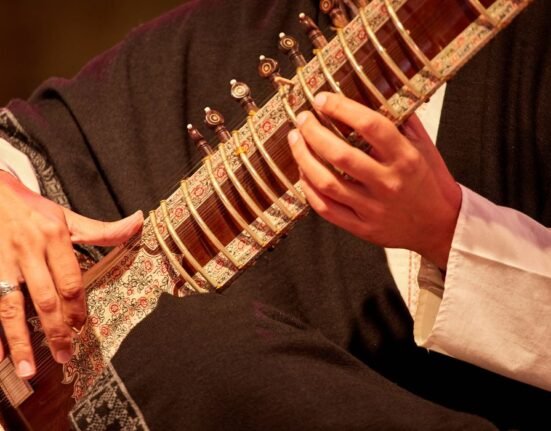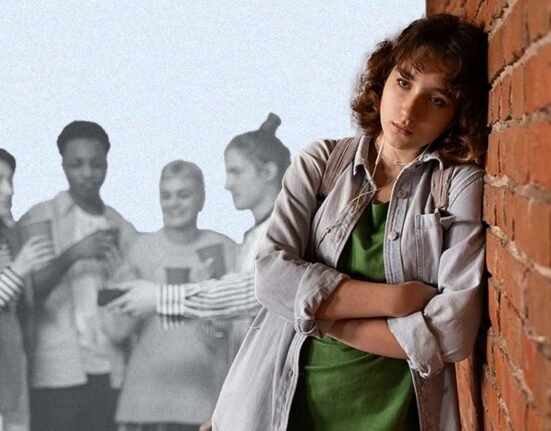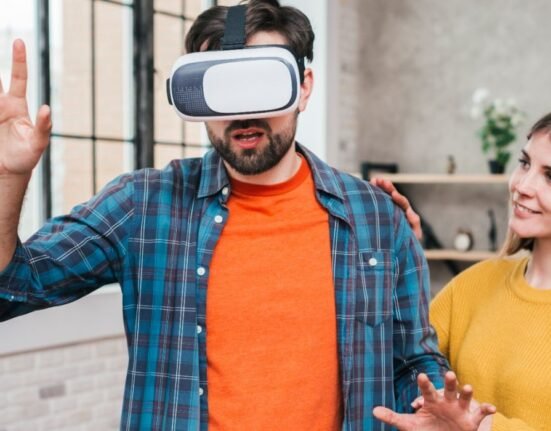One Late night, Arun (name changed), a college student far from his home, was feeling lonely and disconnected in a new city. He opened Instagram and a meme flashed on his news feed: a funny take on how desi kids survive with “ Chappal threats” and cold leftovers. He chuckled, not just because it was funny but because he was familiar with this. It reminded him of his home, culture and thousands of others who had lived the same joke. In that moment, he felt something surprising, that is connection. Through one meme, he was part of a larger group; people who shared not just humour but background, values and stories.
In the digital age, belonging doesn’t always require proximity; it sometimes springs from shared image, a joke, a remixable template. Memes function as cultural artefacts. They convey values, shape shared jokes and act as glue binding dispersed individuals into communities. Understanding how memes foster belonging helps us grasp digital identity and how we connect in cyberspace.
Read More: How Can Students Deal with Loneliness and Build Emotional Well-Being
Definition of Memes With the Landscape of Digital Culture
The term “meme” was first introduced by evolutionary biologist Richard Dawkins (1976) to describe units of cultural transmission; ideas that replicate, mutate and spread.[1] In digital spaces, memes typically appear as images with text overlays, short-form videos or remixable visual templates. Their real power lies not just in format but in participation. Users adapt, share and remix memes, contributing to collective culture. Research shows that memes can serve as identity makers rather than just identity makers. For instance, Morgan Ebbs argues that memes function as a genre and social action; they help individuals identify with groups through shared digital artefacts.
Read More: Memes as Tools for Mental Well-being
Formation of Memes and Community
Shared symbols, shared space analogues to tattoos, slang or club badges in physical communities, memes act as visual badges of digital membership. A study by Bobbie Foster found that LGBTQIA+ users leveraged “boundary marking memes” to answer core questions of identity and belonging: Who is invited? What defines us? How do we show ourselves? [2]
Uniting Audiences Through Humour and Common Ground
An experimental investigation by Maria Molina & Sara Erlichman revealed that participants exposed to meme content reported a heightened sense of community and belonging than those exposed to non-meme content[3]. The reason: humour, shared experience, and participatory content give users agency; they feel, they get it, and others get them.
Boundaries and identity
Memes don’t just unite, but they define “in-groups” and implicitly exclude out-groups. As the work of Theresa Henn & Oliver Posegga shows, memes serve “ boundary work” within online communities, helping groups mark who belongs and who doesn’t. [4] This boundary creation strengthens identity by offering shared cognitive and cultural capital.
Read More: Four Ways Social Media Can Be Good for Mental Health
Mechanisms Of Shared Identity: Memetic Language and Cultural Capital
Within a meme-centric community, jargon, inside jokes, and templates become shared currency. For example, knowing a particular template or the punchline signals membership. The 2022 study by Jessica Probst found their own “shared language” and cultural capital through recurring templates and humour.[5]
Remixing Participation & Ownership
Participation matters when users remix and iterate a meme; they feel ownership. This participatory dynamic transforms memes from passive viewing into active community practice. The quiddity-cohesiveness” model of Elad Segev demonstrates how memes ‘ shared templates (quiddities) and network cohesion reinforce digitally mediated identities.[6]
Some memes travel globally, but others hinge on language, culture or platform norms. A social semiotic analysis reveals cross-language memes( example- Japanese Chinese) where bilingual cues build tighter in-groups, showing how exclusivity and inclusivity intertwine.[7]
Implications: Why It Belongs & Mental Health
Sense of Connection is a primary human need; it counters loneliness, enhances toughness and supports well-being. Communities developed through memes provide this digital belonging, especially for overlooked or marginalised groups. In spaces where one might feel isolated, finding a shared meme is an emotional lifeline.
Read More: Exploring Human Connection: A Look at Attachment Theory
Cultural Expression & Resistance
Memes aren’t neutral; rather, they can articulate values, challenge power, and offer resistance. For example, queer digital folklore leverages memes are more than marketing templates; they are community actions, and misuse can backfire.[8]
Challenges and Critical Perspectives: Ephemeral & Surface Level
Not all meme communities translate into deep-rooted belonging. Reddit discussions indicate that it can feel fun but shallow when lacking sustained user interaction. Shared laughs are not equal to a lasting connection.
Exclusion & setting barriers
While memes build belonging for in-groups, they also erect barriers. Understanding the joke becomes a test of membership. For those outside the loop, it may feel alienating. Boundary marking can exclude as much as it includes.
Misuse & Manipulation
Because memes spread fast and widely, they can be weaponised; misinformation, radical ideology or harassment campaigns can thrive within “meme logic”. Research on alt-right meme diffusion underscores the risk. (10)
Conclusion
In the sprawling digital world, memes offer more than a laugh: they offer a sense of home. When we share or remix a meme, we are not just forwarding an image; rather, we are saying,” I belong here”. Amid global isolation and fragmented identities, online communities built around memes provide connection, culture and shared identity. But belonging through it is complex; both liberating and limiting. It can empower the marginalised and reinforce exclusion. And because these are fast-moving, the bonds built might be light rather than enduring.
Still, the phenomenon is worth attention. From niche forums to global movements, it shapes how we connect, identify and belong online. As we scroll and share the next time, remember that a meme isn’t just a joke, but it might be our community, group, or identity.
Read More: Virtual Matriarchy vs Real-World Patriarchy: How Meme Culture Creates a False Sense of Female Power
References +
Ebbs, M. (2017). It Me: Genre, Identity, and the Impact of Memes. Paper and Poster Presentations, Pittsburg State University. https://digitalcommons.pittstate.edu/papers_2017/13
Foster, B. (2023). The Social Base of Memes: Expressions of Identity, Values, and Aesthetics in Queer Digital Folklore. University of Maryland. https://doi.org/10.13016/dspace/kckj-ytex
Henn, T., & Posegga, O. (2024). Peeking behind the memes: Evaluating the boundary work of online communities through shared memes. In ICIS 2024 Proceedings. https://aisel.aisnet.org/icis2024/socmedia_digcollab/8
Jo, M., Burnett, G., Williams, S., Smith, W., & Burnett, K. (2025). Memes: The representation of cultural agency and identity across boundaries. ALISE Annual Conference Proceedings. https://doi.org/10.21900/j.alise.2025.1983
Molina, M., & Erlichman, S. (2023). The role of Internet memes in creating a sense of belonging and community in an online setting. Media Effects Research Lab, Penn State University.
Probst, J. (2022). The Role of Memes in an Online Community Created by College Students: A Content Analysis. Departmental Honors & Graduate Capstone Projects. https://scholar.umw.edu/student_research/482
Segev, E. (2015). Families and networks of Internet memes: The relationship between cohesiveness, uniqueness, and quiddity concreteness. Journal of Computer‑Mediated Communication, 20(4), 417‑438. https://doi.org/10.1093/jcmc/zmv022
Shifman, L. (2013). Memes in Digital Culture. MIT Press.
Foundational book exploring the role of memes in online culture and identity formation.
Milner, R. M. (2016). The World Made Meme: Public Conversations and Participatory Media. MIT Press. Discusses how memes function as cultural conversations that foster community.
Burgess, J., & Green, J. (2009). YouTube: Online Video and Participatory Culture. Polity. Relevant for understanding participatory digital cultures and community-building.
Phillips, W. (2015). This is Why We Can’t Have Nice Things: Mapping the Relationship between Online Trolling and Mainstream Culture. MIT Press. Explores the social dynamics of online communities, including meme culture.
Hodkinson, C. (2017). Memes and Meaning: Cultural Constructions in Social Media. Social Media + Society, 3(2).
An article analysing how memes create shared meaning and belonging. Ross, A. (2017). The Memetics of Internet Communities: Identity, Belonging, and Online Humour. Journal of Media Sociology, 9(1), 45–58.













Leave feedback about this